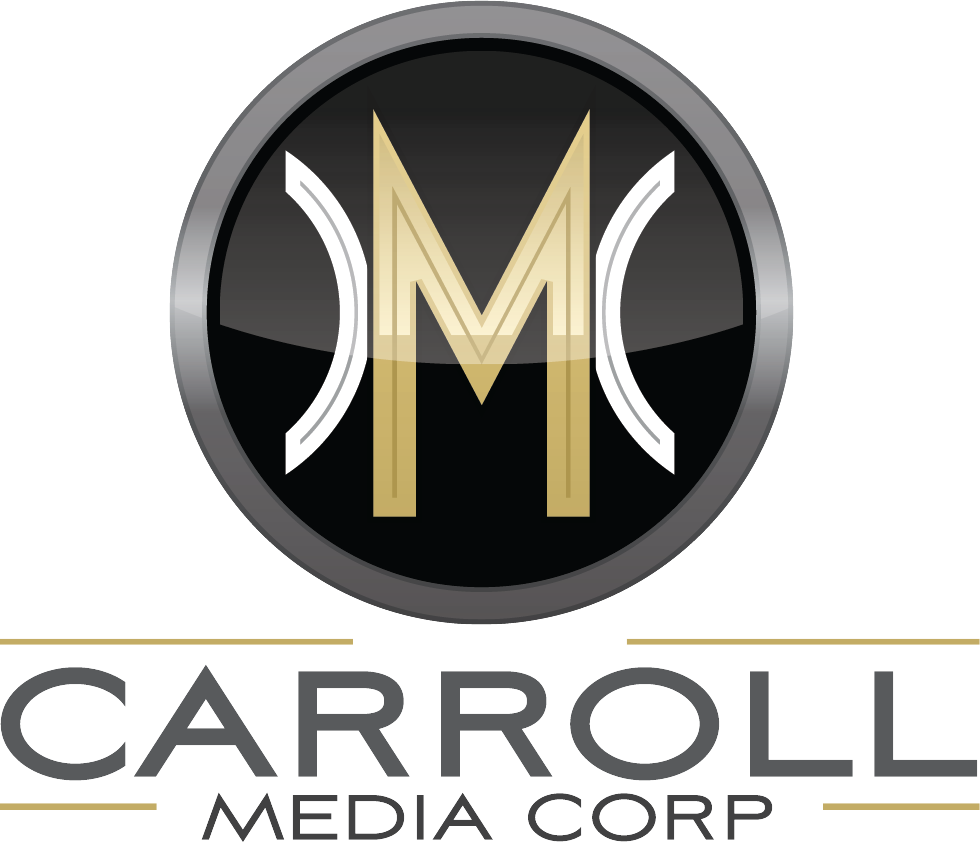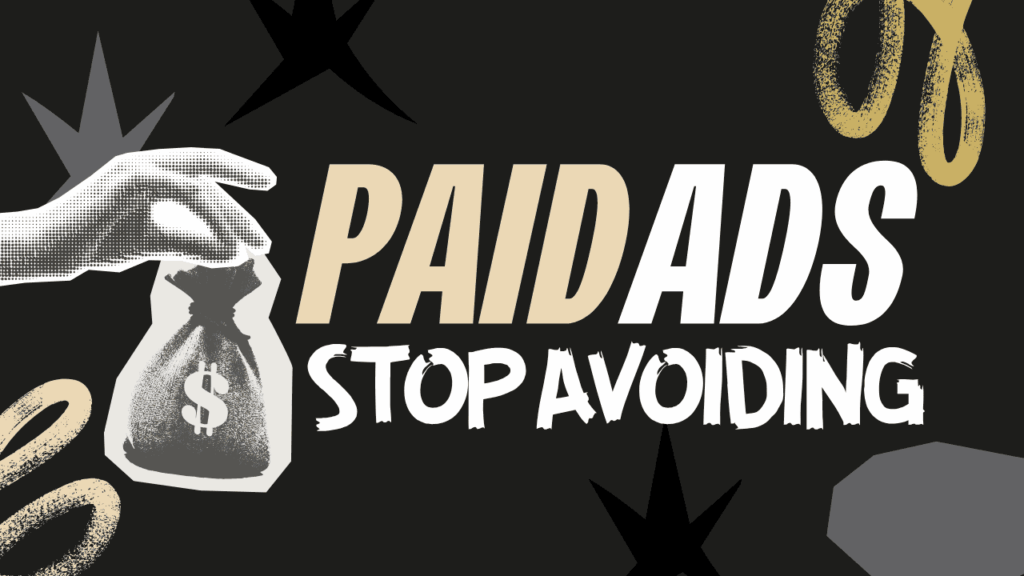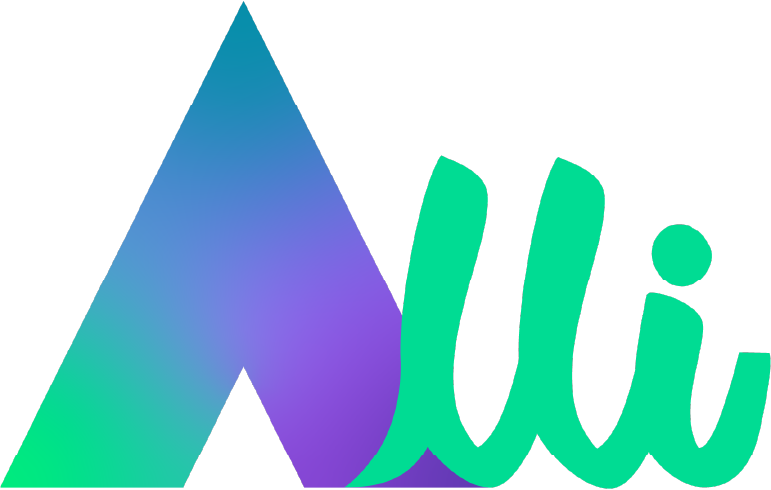If you’ve ever hit that little blue “Boost Post” button on your Facebook page, you’re not alone. It’s one of the most tempting features Facebook offers to small business owners – pitched as a quick, easy way to get more eyes on your content. And with organic reach so low (typical page posts only reach about 2–3% of your followers on average (39celsius.com), the allure of boosting is understandable. In fact, 68% of small businesses have tried boosting posts, hoping for fast results – yet only 27% report seeing a positive return on that investment (linkedin.com. The truth is that boosting a post isn’t the same as running a real ad. It often ends up being one of the most expensive ways to advertise for the least return because it lacks the tools and strategy that make ad campaigns effective. Below, we break down what boosting actually does – and why it might be draining your ad budget without you even realizing it.
What Boosting a Facebook Post Really Does (and Doesn’t Do)
On the surface, boosting a post feels simple: choose a post, set a budget, and watch the reach numbers climb. Facebook deliberately makes this “easy button” appealing for busy business owners. But under the hood, a boosted post is extremely limited in what it can do compared to a full-fledged ad campaign. Essentially, boosting gives you a short-term visibility bump without the robust features needed for long-term advertising success.
When you boost a post, you miss out on many key capabilities that professional advertisers rely on. For example, with boosted posts you cannot:
Run A/B tests or multiple ad variations. The boost feature doesn’t let you try different headlines, images, or messages to see what performs best. You’re stuck with the single original post, so you lose the chance to optimize creative elements over time.
Fully control where your ad appears. Boosting offers very limited placement options – essentially just the Facebook feed (and Instagram feed if linked). You can’t choose specific placements like Stories, Messenger, or the Audience Network, nor exclude placements that might not suit your content.
Choose advanced campaign objectives. A boosted post is typically optimized for post engagement (likes, comments, shares) or basic outcomes like link clicks. It cannot optimize for conversions like sales or sign-ups. In other words, you can’t tell Facebook “find people likely to buy my product” – you can only chase low-level interactions.
Precisely define your audience. While boosting lets you pick some targeting (such as broad interests or location), it lacks the fine targeting of Meta’s Ads Manager. You can’t truly hone in on a niche audience segment or adjust targeting in detail. In practice, you’re letting Facebook’s algorithm make most of the audience decisions for you.
Because of these limitations, boosting a post creates the illusion of doing Facebook advertising without the substance. You may get a quick spike in reach or a few new likes, but you’re not building a thoughtful campaign. In short, boosting is like putting a spotlight on one of your posts for a brief moment – it might grab attention, but it isn’t backed by a strategy to turn that attention into tangible results. Facebook is happy to take your money for a little burst of exposure, but you aren’t getting the same control or value you would from a proper ad campaign.
Why Boosted Posts Don’t Convert into Customers
One of the biggest “secrets” Facebook doesn’t advertise about the Boost button is how it chooses who to show your post to. Boosted posts are optimized for engagement – not for conversions or sales. This means Facebook will typically deliver your boosted content to people who are most likely to like, react, or comment on the post, rather than those likely to click through to your website, sign up for your service, or make a purchase (linkedin.com). In essence, when you boost a post, you are paying for vanity metrics. You might see a surge in thumbs-ups and hearts, but those feel-good interactions don’t pay the bills.
Why doesn’t boosting lead to meaningful actions? It comes down to Facebook’s algorithm and objectives. The boost tool is usually locked into a “Post Engagement” objective by default. If your goal is to get conversions (like sales or leads), using an engagement-focused boost is like fishing with the wrong bait – you’ll catch people who nibble socially, not those ready to bite on a business offer. In fact, studies have found that **boosted posts can get twice as much engagement but 83% fewer conversions compared to ads explicitly optimized for conversions. The people seeing your boosted post are the ones Facebook has identified as frequent engagers: they like and comment on lots of posts. However, that doesn’t mean they are interested buyers – often, they’re not. According to one analysis, about 80% of clicks on boosted posts come from random “engagement” users who never become customers. This highlights a sobering reality: you could spend hundreds of dollars boosting content and end up with plenty of likes and a few random clicks, yet zero new sales to show for it.
Engagement on social media has its place in building brand awareness and community. But as a business, you likely need outcomes like leads, sign-ups, or sales. Those outcomes require reaching people with intent – and guiding them to take action. Boosted posts simply aren’t designed for that. The content you boost might not even have a strong call-to-action, since it was originally just an organic post. Even if it does, the boosted post is not being shown to an audience primed to act; it’s shown to an audience primed to interact superficially. It’s the difference between someone who loves chatting and someone who is actually shopping. Bottom line: Boosting posts tends to gather applause from the crowd, but it seldom directs anyone to the ticket counter.
To actually convert viewers into customers, you need to use Facebook’s advertising system in a way that optimizes for those conversion events (like completing a purchase or submitting a contact form). That means stepping beyond the Boost button and using the tools that focus on actions, not just eyeballs. We’ll discuss how to do that in a moment – but first, there’s another major pitfall of boosting to be aware of: wasted ad spend due to poor targeting.
How Boosting Posts Can Waste Your Advertising Budget
Beyond the issue of chasing the wrong metrics, boosting posts can also burn through your ad budget with inefficient targeting. When you boost a post, your ability to aim at the right audience is severely constrained. You cannot build or use the sophisticated audiences that drive high ROI in digital advertising. Specifically, with a boosted post you lose the ability to target some of the most valuable groups, such as:
Recent website visitors. You can’t retarget people who visited your website or viewed a product page, because Boost doesn’t utilize the Meta Pixel data for custom audiences. These warm prospects—who have already shown interest—are essentially ignored by boosted posts.
Lookalike audiences of your customers or leads. In Ads Manager, you can create “lookalike” audiences that find new people similar to your best customers or email list. Boosting offers no such option (blog.hootsuite.com). You miss out on reaching highly relevant prospects who share traits with your existing clientele.
People who engaged with past ads or content. A proper ad campaign lets you re-engage users who watched your videos, opened your lead form, or clicked on a previous ad. Boosting can’t truly retarget these individuals. Each boost is a standalone effort that starts from scratch, showing your post to a cold audience as if none of your past interactions mattered.
The result of these limitations is that you’re often paying to reach a broad or lukewarm audience, over and over again. Without retargeting or lookalikes, there’s no sense of a sales funnel or customer journey. Every boosted post is essentially throwing darts blindfolded – you might hit a few interested folks by sheer chance, but a lot of your budget is spent on people who will never convert. This is a huge waste of ad dollars and a missed opportunity to nurture the interest of those who did show promise. Consider that retargeting ads (ads served to people who already interacted with your business) can convert up to 10× better than ads to cold audiences. By not retargeting, boosted posts leave that high-converting segment completely untapped, forcing you to pay to find fresh people each time.
Moreover, because boosted posts don’t optimize for down-funnel actions, even the money you spend reaching new people isn’t being used efficiently. You might be paying a premium for clicks or views from people who have no intent to buy. In contrast, a well-targeted ad campaign would allocate budget toward those most likely to become customers, improving your cost per lead or sale. Many business owners who rely on boosting eventually ask, “Where did all that money go?” – only to find they essentially paid for empty engagement and redundant outreach. It’s Facebook’s business model to make boosting easy, but that doesn’t mean it’s effective for your business growth. To get real value for your ad spend, you need to shift from boosting to a more strategic approach.
What to Do Instead of Boosting Posts
If boosting posts isn’t delivering real results, what should you be doing? The answer is to take control of your advertising through Facebook’s Meta Ads Manager and plan campaigns with clear goals and targeting. It might sound more involved than clicking “Boost,” but the payoff in performance is well worth it. Here are some key steps and best practices to promote on Facebook the right way:
Use Meta Ads Manager (not the Boost button). Ads Manager is Facebook’s full advertising platform, which gives you access to all the advanced tools. It lets you create true ad campaigns from scratch. While it’s a bit more complex than a one-click boost, Ads Manager is essential for unlocking features like custom audiences, detailed budgeting, and proper analytics. Think of it as the difference between using a professional camera versus a disposable snapshot – you have far more control to craft an effective campaign.
Choose a campaign objective that matches your goal. When you create a campaign in Ads Manager, you’ll be asked to select an objective (such as Lead Generation, Website Traffic, Conversions, App Installs, etc.). Pick the one that aligns with what you really want. For example, if you need sales or sign-ups, select a conversion-based objective – this tells Facebook’s algorithm to find people likely to take that action. By contrast, boosting a post only allowed engagement or simple objectives, which we’ve seen don’t translate to revenue. By clearly defining your goal upfront, you allow the system to optimize ad delivery for that outcome, dramatically increasing your chances of success.
Target both warm and cold audiences strategically. In Ads Manager you can define multiple audience types. Warm audiences include people who already know your business – for instance, your website visitors, Facebook/Instagram followers, or past customers. These people are more likely to convert, so it’s smart to show them ads (like a special offer or reminder) to capitalize on their interest. Cold audiences are new people who fit your target demographics or interests. With Ads Manager, you can use tools like lookalike audiences (to find users similar to your best customers) or finely tuned interest combinations to reach promising newcomers. A good Facebook advertising strategy usually layers both: first, attract new prospects with targeted cold audience campaigns, and then retarget those who engage or visit your site with follow-up ads. This way, your budget is being used to build a funnel – not just splashing the same message to random people with each boost.
Track performance with the Meta Pixel and UTM parameters. One major advantage of real Facebook ads is the ability to track what happens after someone sees or clicks your ad. Install the Meta Pixel (a snippet of code) on your website to log actions like purchases, sign-ups, or leads that came from your Facebook ads. This not only helps you measure return on investment, but also feeds data back to Facebook’s algorithm so it can learn who converts and refine your ad delivery. Additionally, use UTM parameters (unique tags in your ad URLs) to track visitors in Google Analytics or other analytics tools (terminusapp.com). This helps you see, for example, which campaign or ad drove the most traffic and what those people did on your site. Together, Pixel tracking and UTMs give you a clear picture of what’s working. Unlike a blind boost (where you might only see reach and likes), a proper campaign will show you real metrics – cost per lead, conversion rate, revenue generated – so you can make data-driven decisions and improve your marketing over time.
By following these steps, you’ll transition from the simplistic approach of boosting to the more strategic approach of advertising. Yes, it takes a bit more effort to set up an ad campaign, but tools like Meta Ads Manager are there to guide you, and the improvement in results is dramatic. If you find the process overwhelming or don’t have the bandwidth, consider getting help – for example, working with a marketing professional or leveraging an AI-driven marketing assistant like Alli to help manage and optimize your campaigns. The key is to treat Facebook advertising as an ongoing, learnable process, not a one-off impulse. When you do, you’ll start to see your budget translating into real business growth, not just transient online attention.
Conclusion
At the end of the day, boosting a Facebook post might feel like you’re doing online marketing – you spend a few dollars and see some activity – but it’s not a substitute for a true advertising strategy. The truth about boosting posts is that it offers immediacy at the expense of effectiveness. It’s a bit like fast food for your marketing: quick and easy, but not very nutritious for your business in the long run. Real advertising on Facebook (and Instagram) requires a bit more planning upfront, but it pays off by giving you control, better targeting, and measurable outcomes.
If you’re tired of spending money on Facebook and seeing little to no return, it’s time to stop boosting and start advertising with a strategy. Use the tools available to aim at the right goals and the right people. Test different approaches, track your results, and refine your campaigns. Facebook’s advertising platform is powerful when used properly – it can genuinely help you find new customers and grow your business – but you have to step beyond the boost. So the next time you’re tempted by that Boost Post button, remember the bigger picture. Instead of putting your marketing dollars into short-lived boosts, invest them into building a smart ad campaign that will deliver real leads, sales, and success for your business. Your budget will stretch further, and you’ll finally see the Facebook ROI you’ve been looking for.





